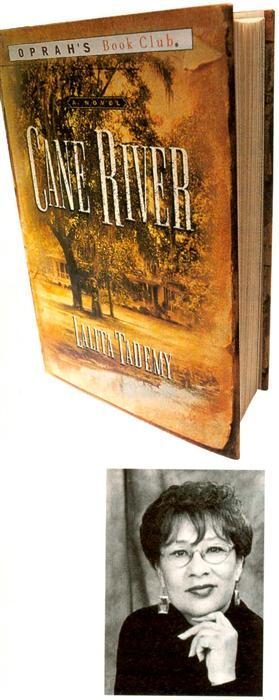Sign up for the Family Tree Newsletter Plus, you’ll receive our 10 Essential Genealogy Research Forms PDF as a special thank you!
Get Your Free Genealogy Forms
"*" indicates required fields
 My great-grandmother Emily died in bed at her Louisiana home at the end of the summer of 1936, with $1,300 in cash hidden under her mattress. Although she passed away 12 years before I was born, her presence is firmly imprinted in our family lore. Neither my mother nor her brothers ever talk about Emily without a respectful catch in their throat, without a lingering note of adoration in their tone.
My great-grandmother Emily died in bed at her Louisiana home at the end of the summer of 1936, with $1,300 in cash hidden under her mattress. Although she passed away 12 years before I was born, her presence is firmly imprinted in our family lore. Neither my mother nor her brothers ever talk about Emily without a respectful catch in their throat, without a lingering note of adoration in their tone.
I’ve been told that Great-grandma ‘Tite (Emily’s nickname, rhymed with “sweet”) was very beautiful, and this is verified by the four photographs I have of her, two of which hang on the wall of my home in California. She was full of life into her 70s, dancing along in the front room of her Aloha farmhouse on Cornfine Bayou to the music from her old Victrola, high-stepping and whirling to the cheering-on of family gathered on Sunday visiting day. Always, at the end of her performance, she would arch her spine and kick back one leg, little booted foot suspended in air beneath her long dress until the clapping stopped. It was her trademark move. My mother and all of the other surviving grandchildren remember this vividly.
Emily fascinated me for years, an untapped mystery, but my life was too busy to dwell on impractical musings with no identified purpose. For two decades I had hoisted myself upward, hand over hand up the corporate ladder, until I was a vice president for a Fortune 500 high-technology company in Silicon Valley. But every so often, while reviewing strategic businesses in small, airless rooms, I found myself secretly thinking about Emily, who she was, how she came to be. During budget reviews my mind would drift to Emily’s mother, Philomene, about whom I knew so little, only as a name in a brief two-page family history written 20 years before by a great-cousin and sent to me by my uncle. I began to develop a nagging and unmanageable itch to identify Philomene’s mother, to find out if she lived on a plantation as someone else’s property, a slave, or if she had been free.
In 1995, driven by a hunger that I could not name, I surprised myself and quit my job, walking away from a coveted position for which I had spent my life preparing. Crossing back and forth from California to Louisiana, I interviewed family members and local historians, learning just how tangled the roots of family trees could become.
I scanned documents until headaches drove me from moldy basements where census records or badly preserved old newspapers from the 1800s and early 1900s were stored. In assorted Louisiana courthouses I waded through deeds, wills, inventories, land claims and trial proceedings. Joining the Natchitoches, La., genealogy society led me to some private collections, including letters. The search for my ancestors moved beyond a pastime and became an obsession.
Revealed bit by bit from mounds of documents and family stories, I connected the line backward between these women of my family, daughter to mother. From Emily, back to Philomene, to Suzette and Elisabeth. They were not Mammy or Jezebel or Topsy, the slave images made safe and familiar in Gone with the Wind tradition. They were flesh-and-blood women who made hard choices, even in oppression.
Emily’s mother, Philomene, came to life before any of the others. She visited my dreams, and demanded that I struggle to understand the different generations of my family and the complexities of their lives. She made it unacceptable that any of them be reduced or forgotten. It defies description in words, this bond I have with Philomene and her ability to reach across four generations to me with such impact. There were demanding days in the beginning when I feared her, a shapeless apparition, usually in the aftermath of her unrelenting hand at my back and the unnerving certainty of her voice in my ear. But the fear was always tempered with respect.
From the April 2002 issue of Family Tree Magazine
ADVERTISEMENT

